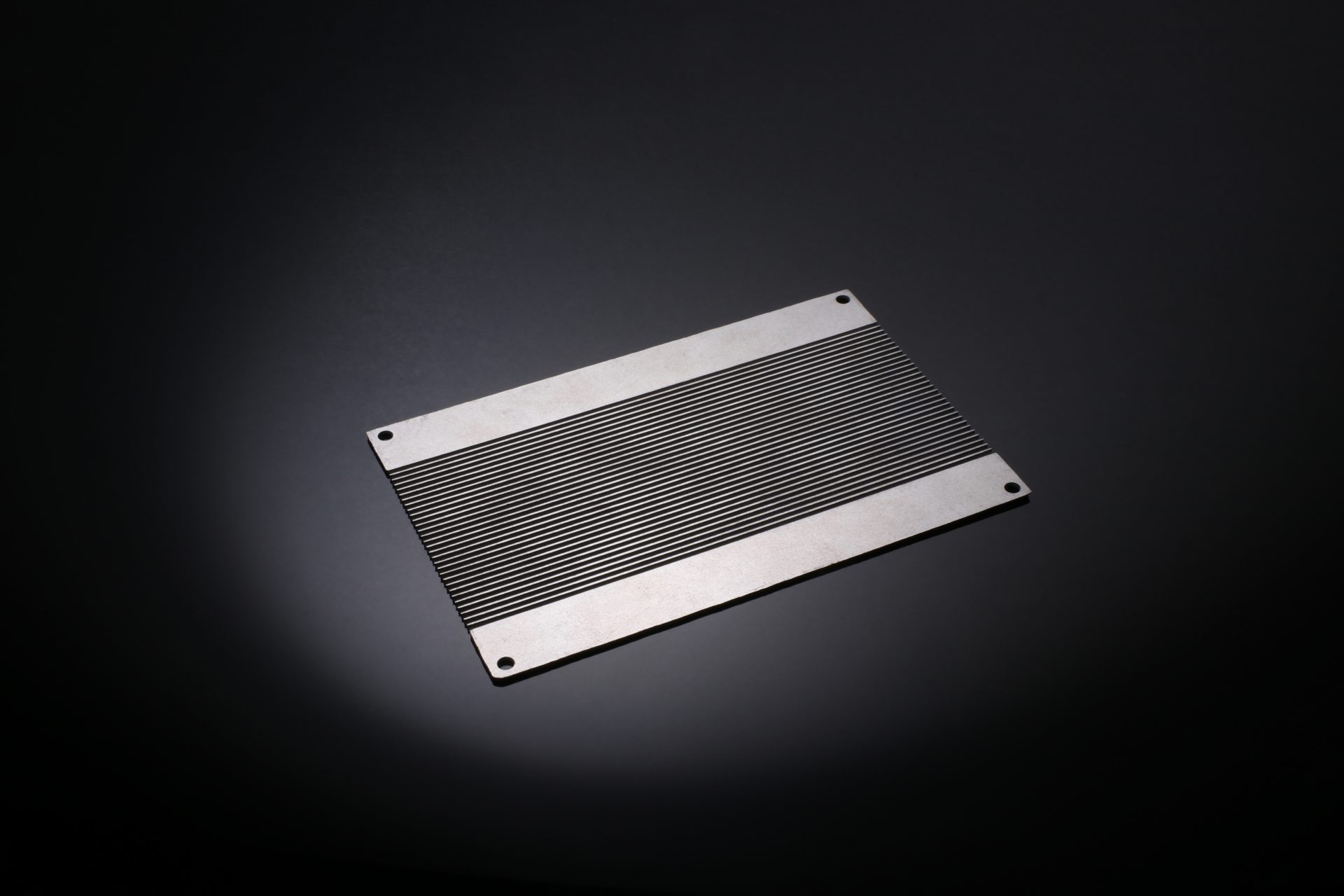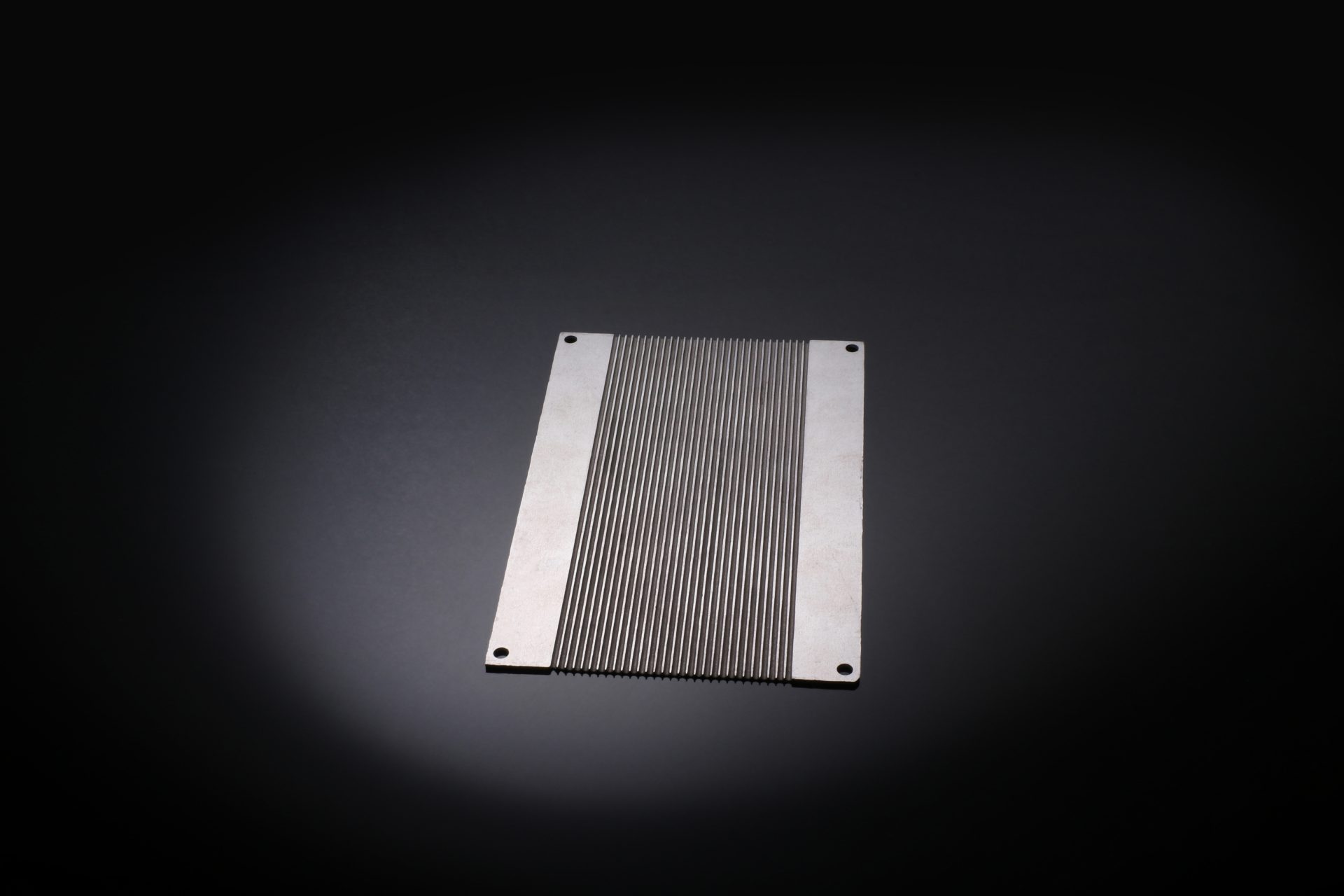Fuel cell engineers should take chemical etching into consideration when manufacturing plates, for hydrogen fuel cells and electrolysers. There are reasons why this method’s advantageous;
The versatile nature of chemical or photo etching enables engineers to select materials based on factors, like corrosion resistance, conductivity and cost without any
limitations imposed by the manufacturing process. One notable advantage of this process is its scalability making it suitable for producing plates in sizes and quantities from prototypes to large scale production. It consistently delivers high quality results. Ensures repeatability, which’s crucial for meeting the demands of commercial fuel cell applications.
Chemical etching also offers reduced processing requirements as it achieves near net shape fabrication. This means that after the etching process bipolar plates often require processing. Consequently this reduces the manufacturing time and costs associated with operations like deburring, polishing or machining.
Furthermore environmental considerations play a role in favouring chemical etching as a manufacturing method for plates. It can be conducted using etchants that are safer to handle and generate less hazardous waste compared to other manufacturing processes. Moreover the efficiency and precision of chemical etching contribute to material savings and energy conservation aligning with sustainability goals in the manufacturing industry.
In light of these advantages fuel cell engineers should thoroughly evaluate chemical etching as a method, for manufacturing plates. Its implementation can enhance performance capabilities while simultaneously reducing costs and supporting fuel cell technology development.


